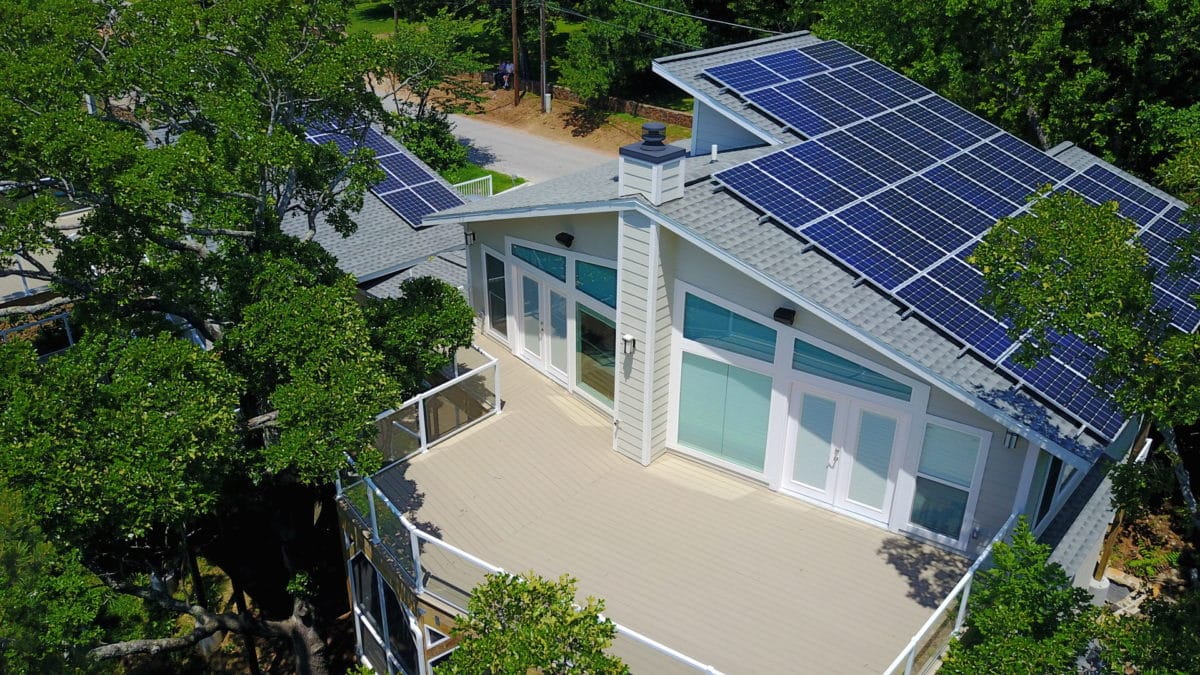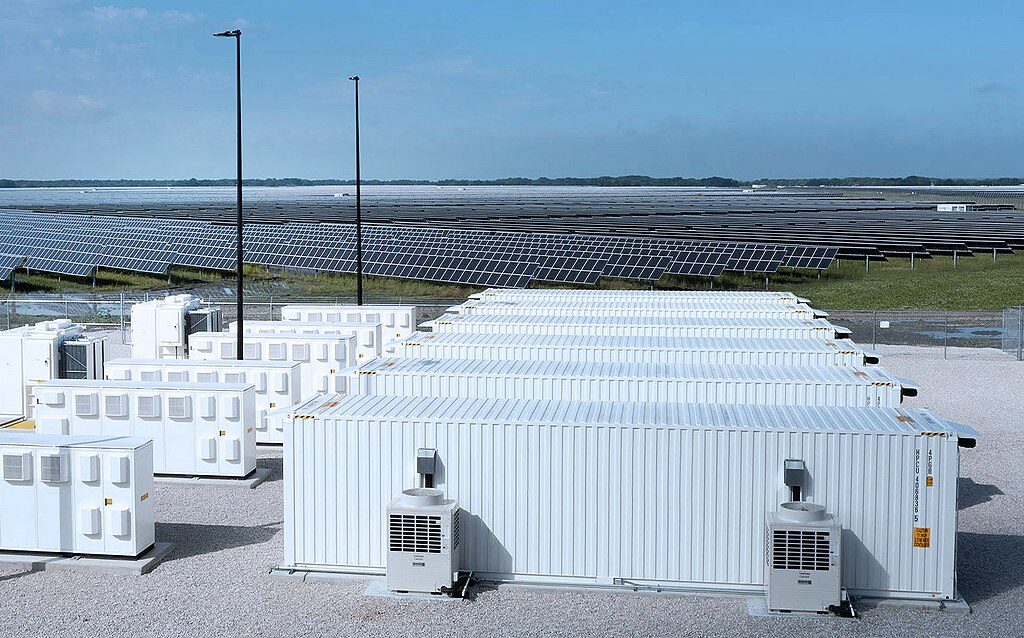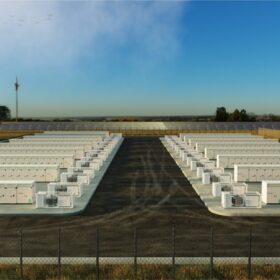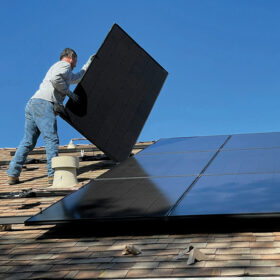On the one hand, it always hurts a little bit to see those who once gave you emotional security – SolarCity, SunRun, Vivint & Sunnova – through their strength and dominance, their growth and power, step slightly aside from being #1. However, you look upon those still-leaders with respect as they paved the way for the residential customer to be in a position to own their own solar power. And that’s something to celebrate.
Wood Mackenzie Renewables & Power (WoodMac, formerly GTM Research) has published its US Residential Solar Finance Update: H2 2018, which shows the continuing trend of third party ownership (TPO) pulling back to the #2 spot at 36% of residential solar purchases, with loans taking #1 at 42%, and straight cash at 22%.
The report also projects that 2018 will see $1.1 billion in solar securitizations, setting new annual records with continued year over year growth (pv magazine reports on these securitizations often – 1 2 3 4 5 6).

The report suggests that TPO will smooth out around this volume, possibly falling toward 33% as Tesla continues its move away from TPO and finance companies continue to expand their offerings to smaller contractors. However, the report suggests that TPO won’t go away entirely as it gains benefits from tax credits long after the residential 30% goes away – while still gaining access to depreciation and scale that no local contractor can compete with.
While SunRun is the largest TPO company (and the largest residential installation company overall), Mosaic actually financed more residential capacity than SunRun, while providing 29% of loans overall. Interestingly, Sunnova is the only company to appear on both the solar loan and TPO lists.

There are shifts occurring on many levels that affect these individual companies. For instance, Mosaic’s growth has slowed as the company has focused on more profitable installations versus grabbing market share. Sunrun has been doing the same for a few quarters, altering commissions to focus on the highest solar producing homes – versus simply closing deals. Of course, Tesla has chosen to move away from third party leases to sales almost entirely as SolarCity turns into a memory.
Additionally, multiple companies – Sunnova, Mosaic, SunRun, Tesla and others – are diversifying their offerings beyond just solar power to include, of course, energy storage but also broader home efficiency, such as Nest thermostats and more. These companies are also expanding the markets that they move into, with the State of Florida being the most significant recent expansion target.
This shift toward ownership by homeowners is significant for two major reasons: The first is that residential customers now see enough of an economic benefit to own the system themselves, even when competing against the scale and additional tax benefits of the largest residential installers in the nation. Secondly, traditional lenders like local banks and credit unions are now increasingly offering a wider array of residential solar loans. This means that the stability of the product is no longer a question in the most conservative of finance environments, but the focus is on credit of customers and installation company competence.
This has arisen partially because these third party ownership companies scaled the industry, trained the workers, beat up the politicians for fair legislation, and got us all ready for this reality.
Down with the lease, long live the lease!

This content is protected by copyright and may not be reused. If you want to cooperate with us and would like to reuse some of our content, please contact: editors@pv-magazine.com.








I don’t agree with the predicted trends for these solar/finance companies. In fact, I think it will be just the opposite. Traditional Financial institutions will eventually catch up to the solar industry and will offer more traditional methods of financing solar. This will include rolling the cost of solar into a traditional mortgage or including solar additions in refinancing a mortgage. We are already seeing strides being made. These more traditional financing options will be a win for the consumer and for solar in general, as it will make financing solar more affordable.
This will be especially true in CA where new houses will have solar installed.